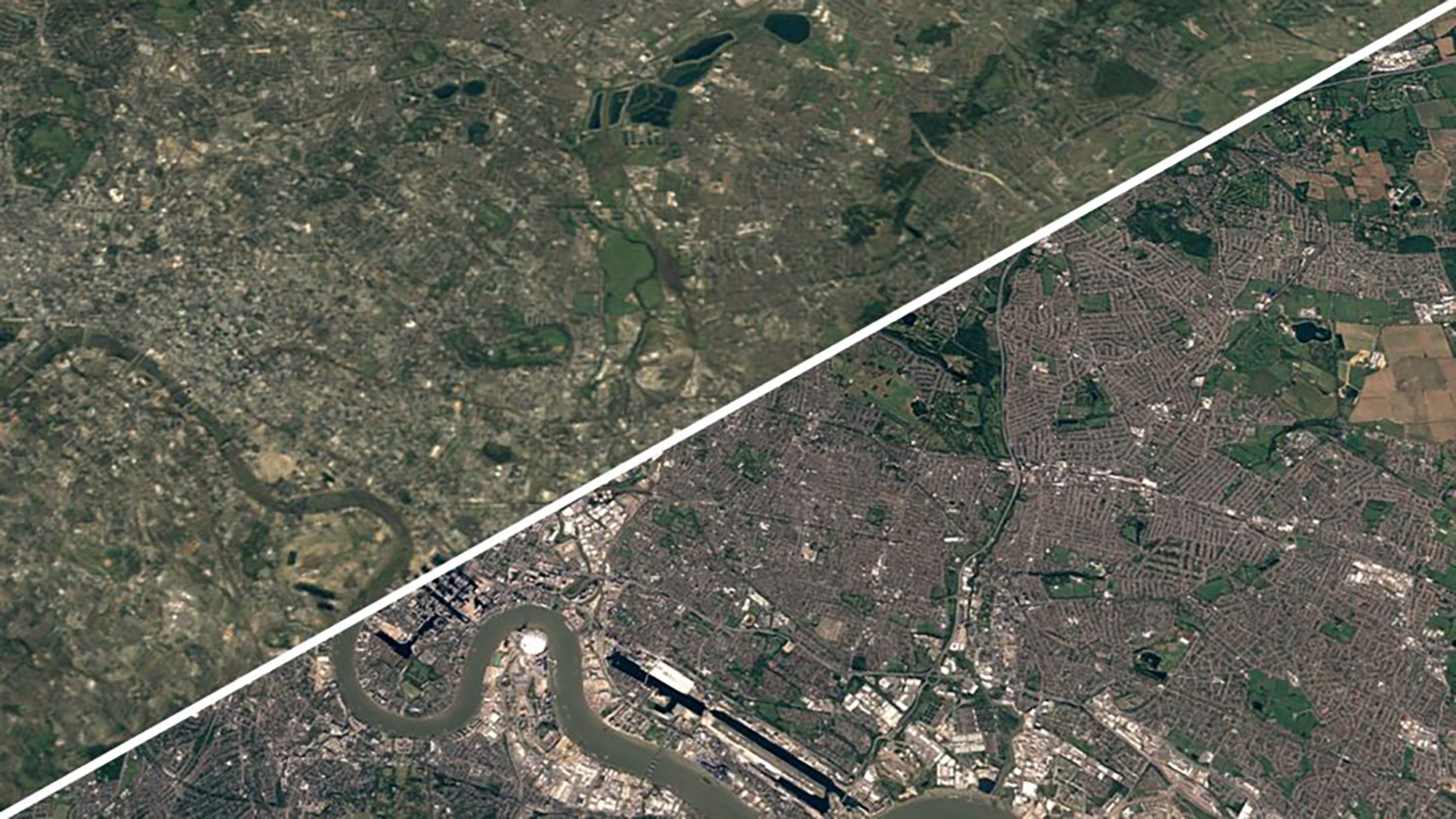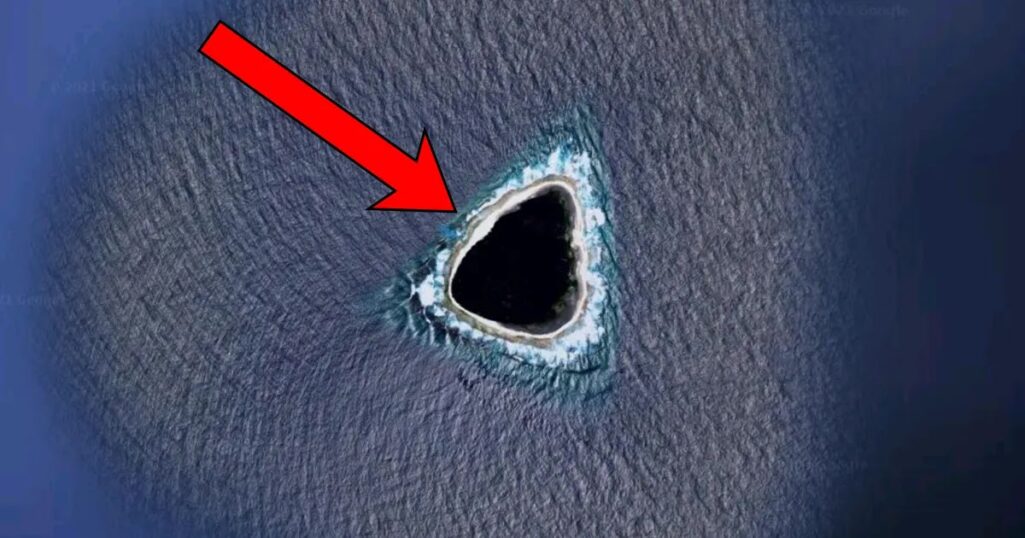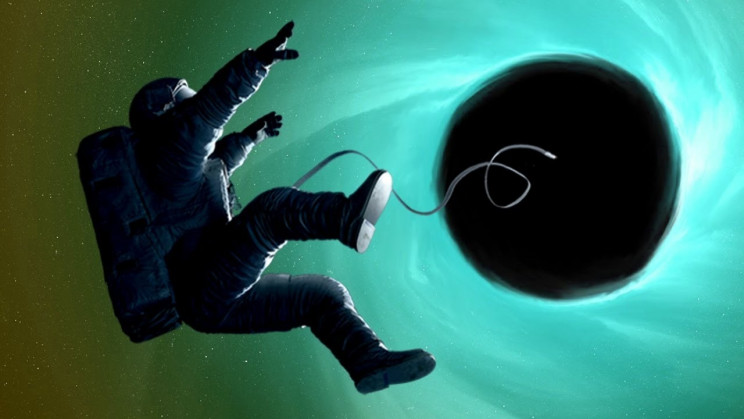
We would all like to know what’s going on down deep inside the Earth. No doubt digging a hole straight down the Earth’s surface will allow researchers to get the best insight into Earth’s interiors.
Many holes have been drilled for study as well as for commercial interests. However, human efforts have barely touched the surface of our planet’s crust. If our globe was an egg, we haven’t even gotten halfway through its shell! The crust is the official name for the Earth’s outer layer by the way.
Throughout history, many attempts have been done to dig down into the Earth’s crust and reach levels that nobody ever had reached. This wasn’t an easy task at all. With extremely high temperatures and enormous rocks and solids, this process would take years and years.
The Deepest hole drilled in the world
The Kola Superdeep Borehole is the world’s deepest artificial hole drilled into the Earth. It is located near the Russian border with Norway on the Kola Peninsula. It is 12.2 km (40,230 ft) deep under Earth’s crust.
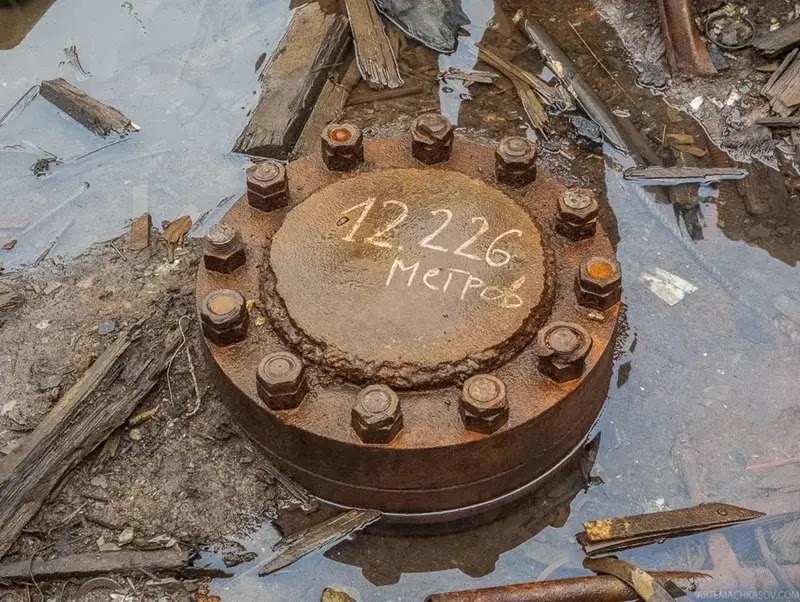
Locals claim you can hear the screams of tortured souls in hell from the 12.2 km (40,230 ft) underground structure (don’t believe!).
This project, which had taken the Soviets nearly two decades to complete, came to an abrupt end in the post-Soviet chaos when the drill was costing a lot of money and also facing technical issues.
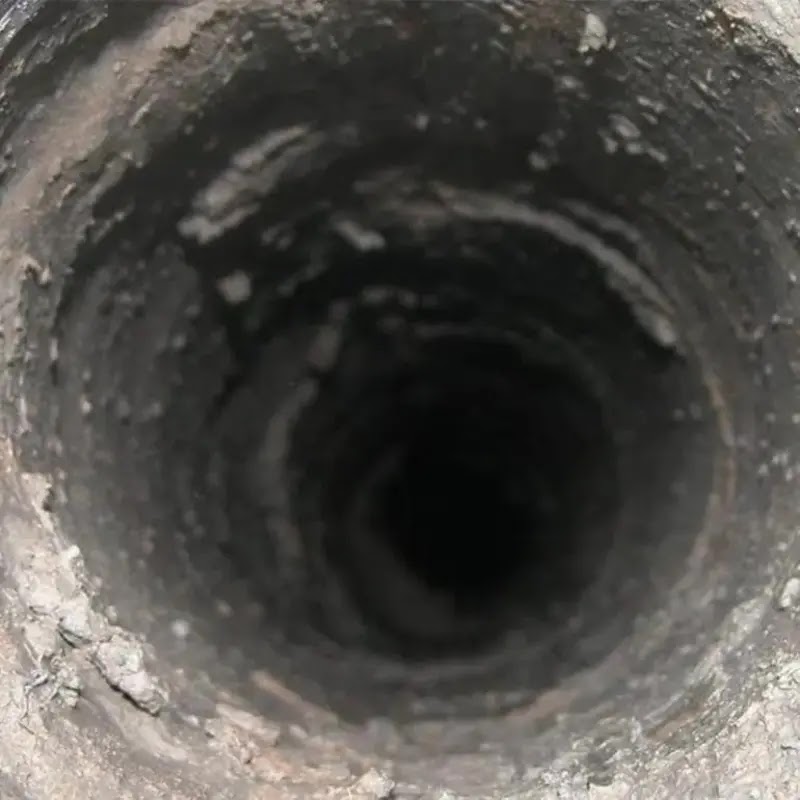
This hole is dug in Russia’s Kola Peninsula near Murmansk. It was first drilled for scientific investigation in 1970. The Kola hole has progressed to a 7 km depth after five years (about 23,000 ft). Work proceeded until 1989, when the drill got trapped in rock at a depth of around 12.2 km (40,230 ft). The project was eventually abandoned. This is the deepest point in human history that has been achieved.
Over $100 million was spent on the project or roughly $2500 per foot. Those are some pricey diggers you have there! Geologists wish they had the resources and technology to dig deeper for core samples, but doing so would be a waste of time, money, technology and would need great luck. There is a lot of information to be gained from such holes, noting that the temperature there was near 180°C (356°F).
Now let’s understand the Earth’s structure and the depth of the layers.
Earth’s Layers
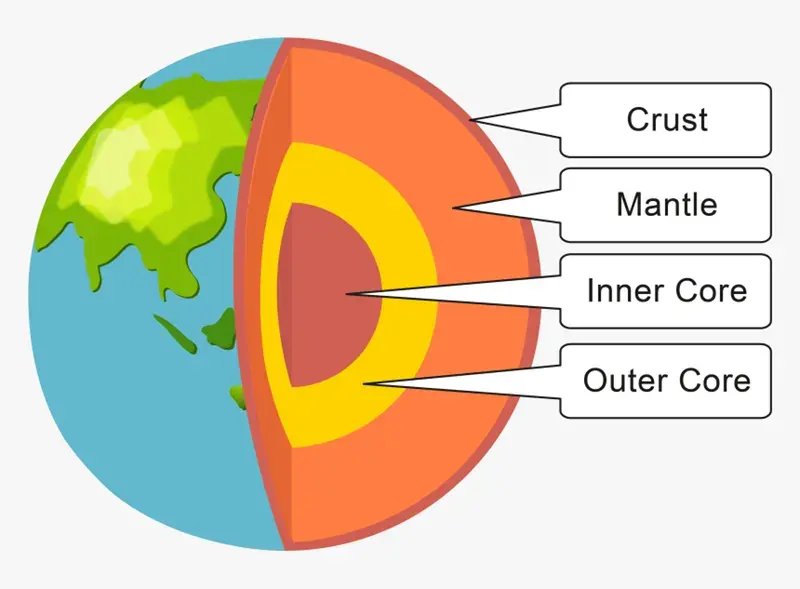
A peach or a plum with a big pit in it makes a wonderful example for explaining Earth’s structure. It’s easy to observe the three sections of fruit if we split it in half:
- The first layer is the very thin skin of the fruit.
- The second layer is the flesh that contains most of the fruit’s mass.
- The third layer is the large seed in its center.
The Earth layers are very similar to the fruit layers:
- We have the top thin layer called the crust.
- Then the big chunk of Earth’s mass is called the mantle.
- Lastly, we have the deepest seed of the Earth, which is called the core.
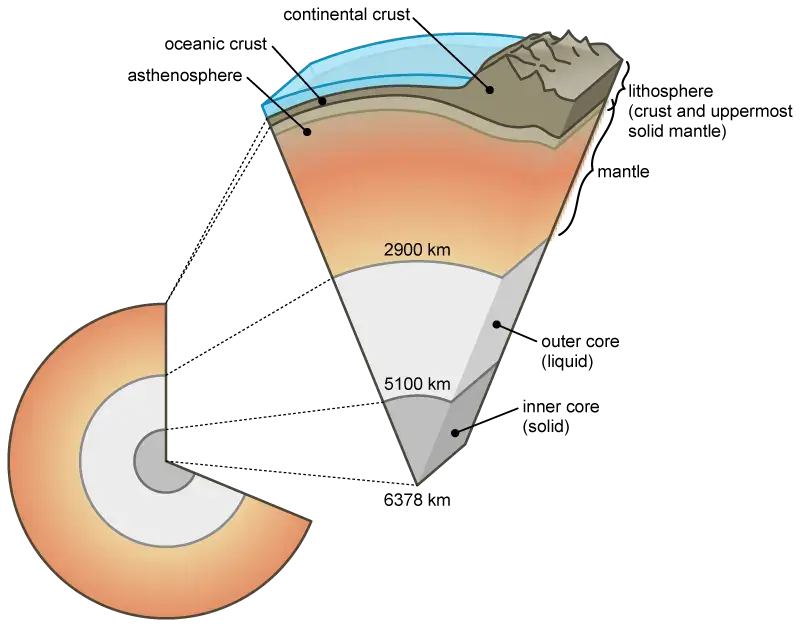
- Crust: It is the thinnest layer of the Earth. It is just about 5 km deep under the oceans and between 30 to 70 km deep under the continents.
- Mantle: This is the Earth’s thickest layer, about 3,000 km deep. After just 30 kilometers below the surface, the journey to the mantle begins.
- Core: It is the deepest and the hottest layer of the Earth. It is divided into two parts, the inner and the outer, and they could be reached at about 5,000 km depth.
Drilling Process

The Russians’ experience showed that drilling as vertically as possible was essential since doing otherwise would increase the drill torque and create curves in the hole. The idea was to develop drilling methods that were vertical in nature. Even though they’re now industry standards, they were made specifically for the project and worked until around 7.5 km (24,600 ft). The final 1.5–2 km (5,000–6,500 ft) of the hole’s journey deviated about 200 meters from the vertical line.
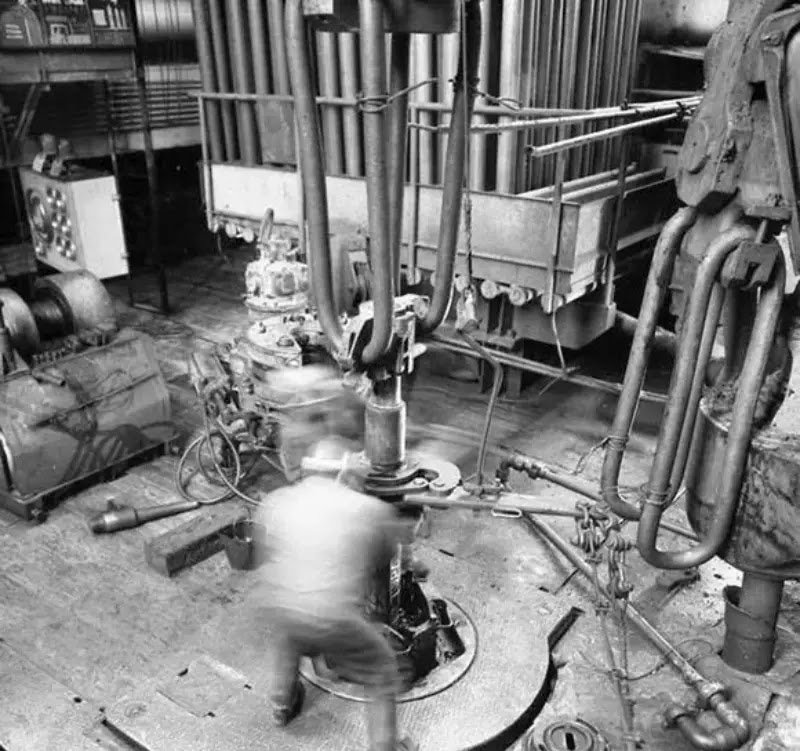
Drilling was completely halted in 1992 when the temperature reached 180°C (356°F). As a result, no more drilling could be done to reach greater depths. After the Soviet Union fell apart, there was no longer any money to support such efforts, and the entire area was closed down three years later. It’s becoming a popular tourist attraction for those looking for an adventure.
What did they find?
According to experts, the purpose of the dig was to go “as deep as possible,” which should be about 14.5 km (47,500 ft). However, when they encountered unusually high temperatures, the scientists and engineers were obliged to jump out of the ship. The 2.7 billion-year-old rocks at a depth of 7.5 km seemed as if they were melting! 180°C temperature was more than double what they had expected.
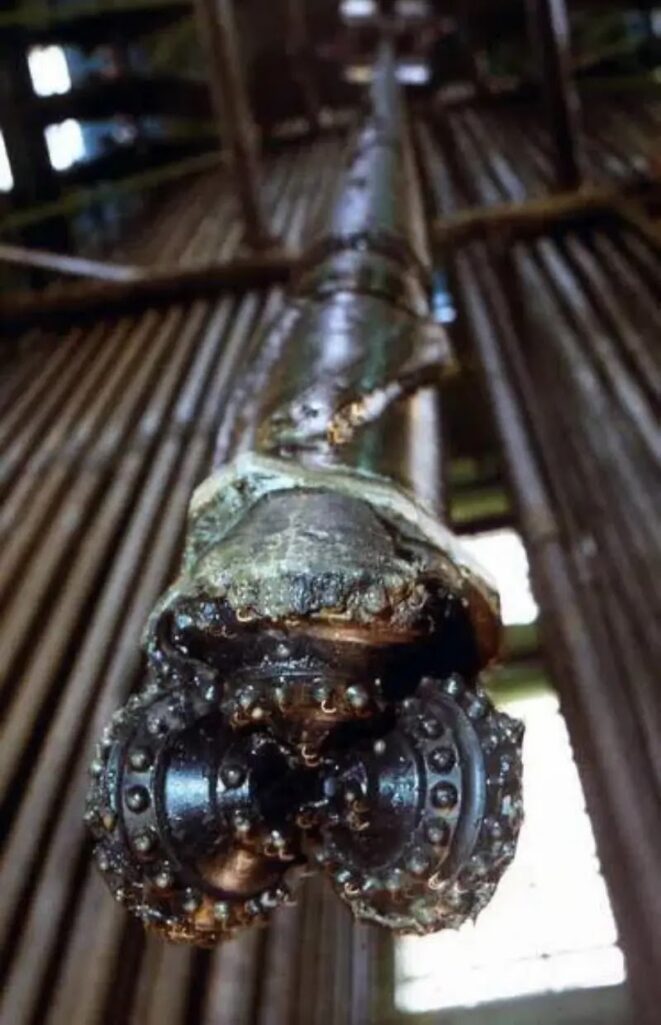
Drill bits and pipelines are distorted by the extreme heat. Additionally, the rocks themselves grow more malleable as time passes. Kola scientists observed that the rocks behaved more like plastic than rock at those depths.
It was also remarkable to find water-saturated rocks at that level, knowing the extreme temperatures they are exposed to. In contrast to surface water, this water came from deep-crust minerals and couldn’t reach the surface due to the solid rock cover.
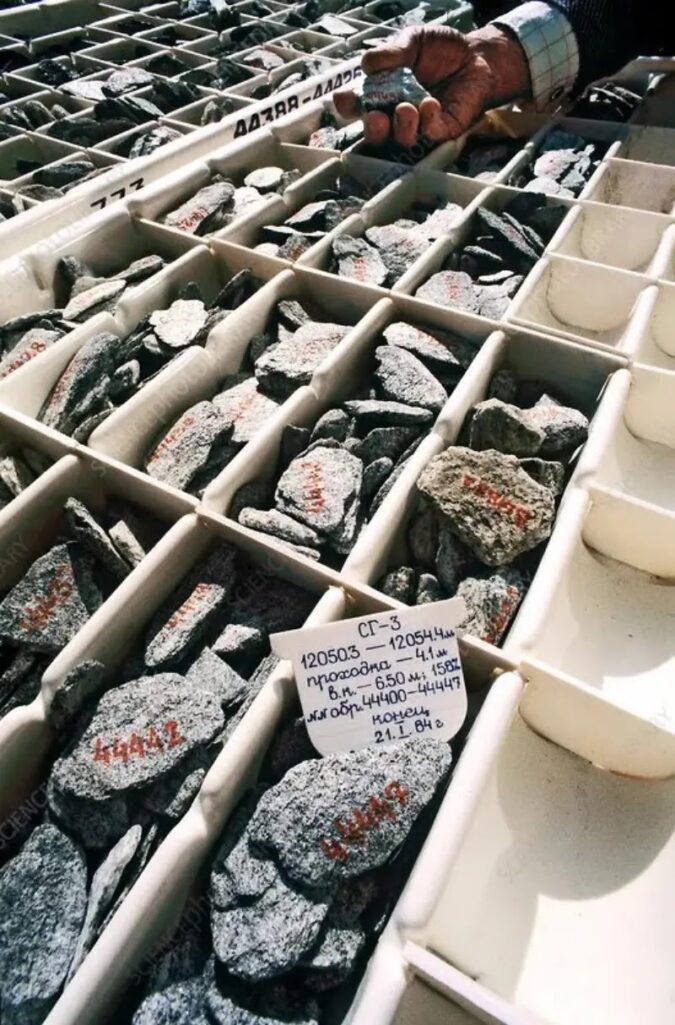
6 km (20,000 ft) beneath the surface, scientists discovered fossilized microscopic plankton.
A huge amount of hydrogen gas was also found, which came as a complete surprise. The drilling mud that came out of the hole was characterized as “boiling” because of how much hydrogen was in it.
Questions
Do you think it was worth the time and money spent on drilling the Kola hole? And why there is no any new attempts to break the record of 12.2 km and maybe get out with some new discoveries?


